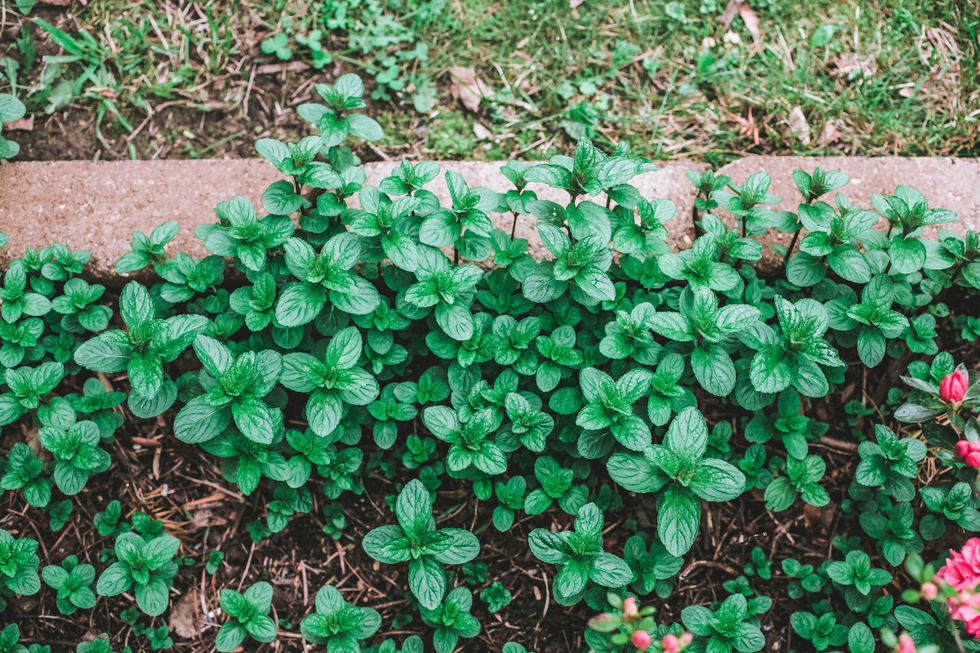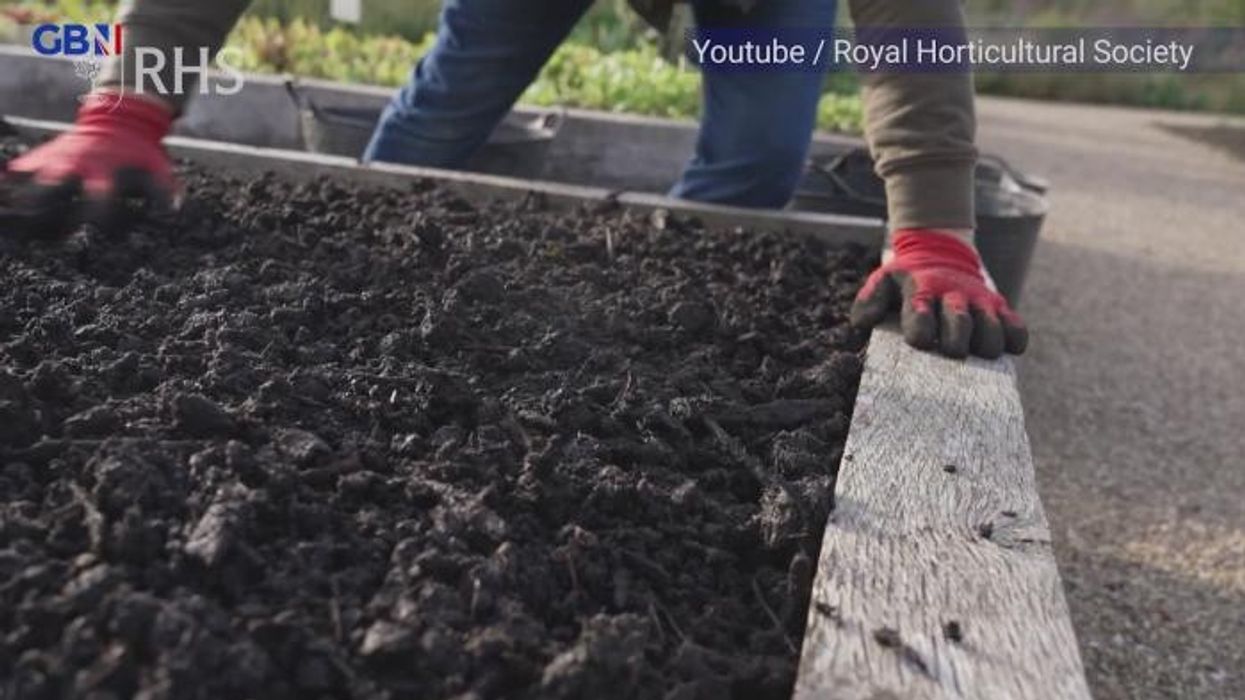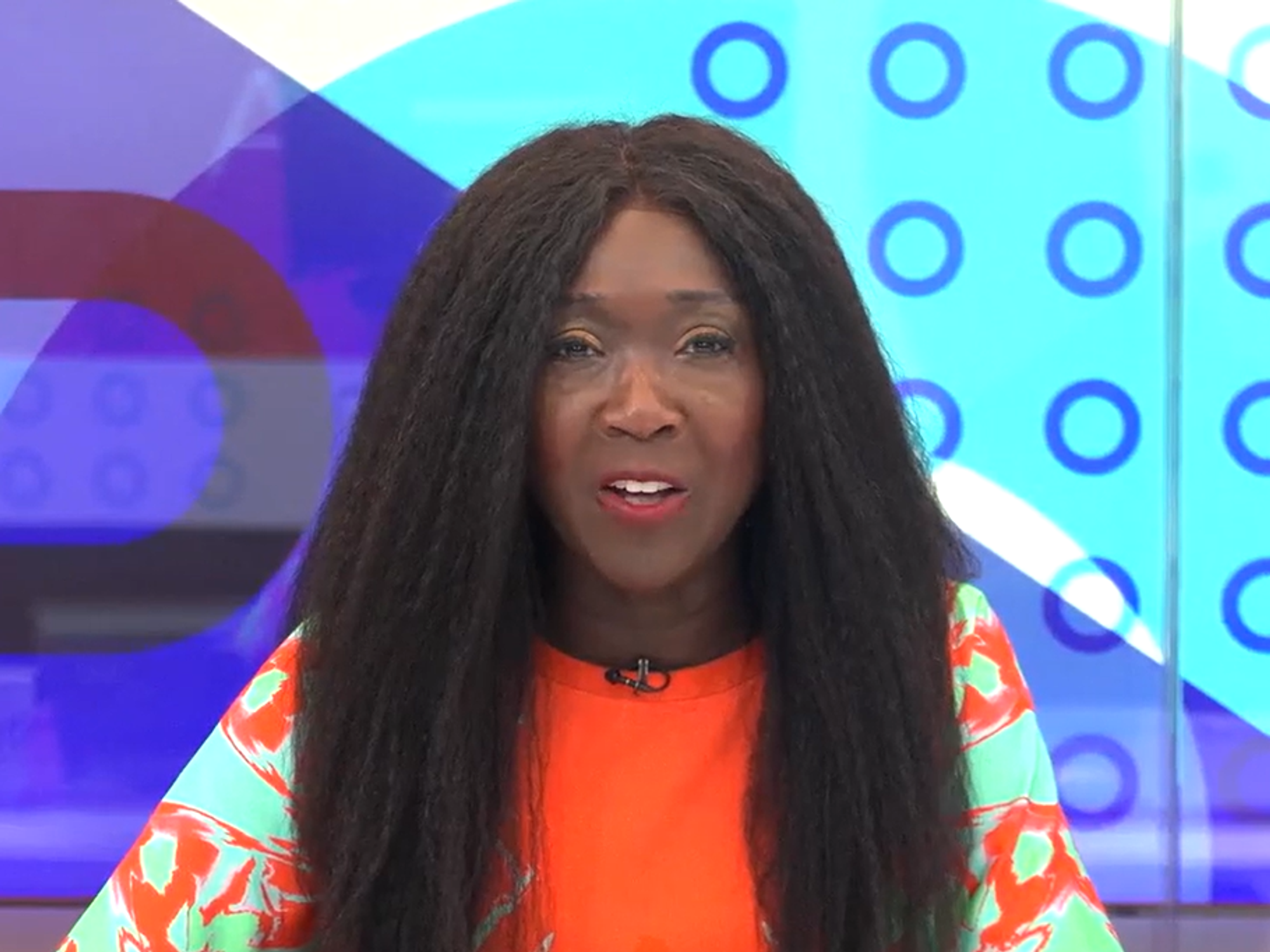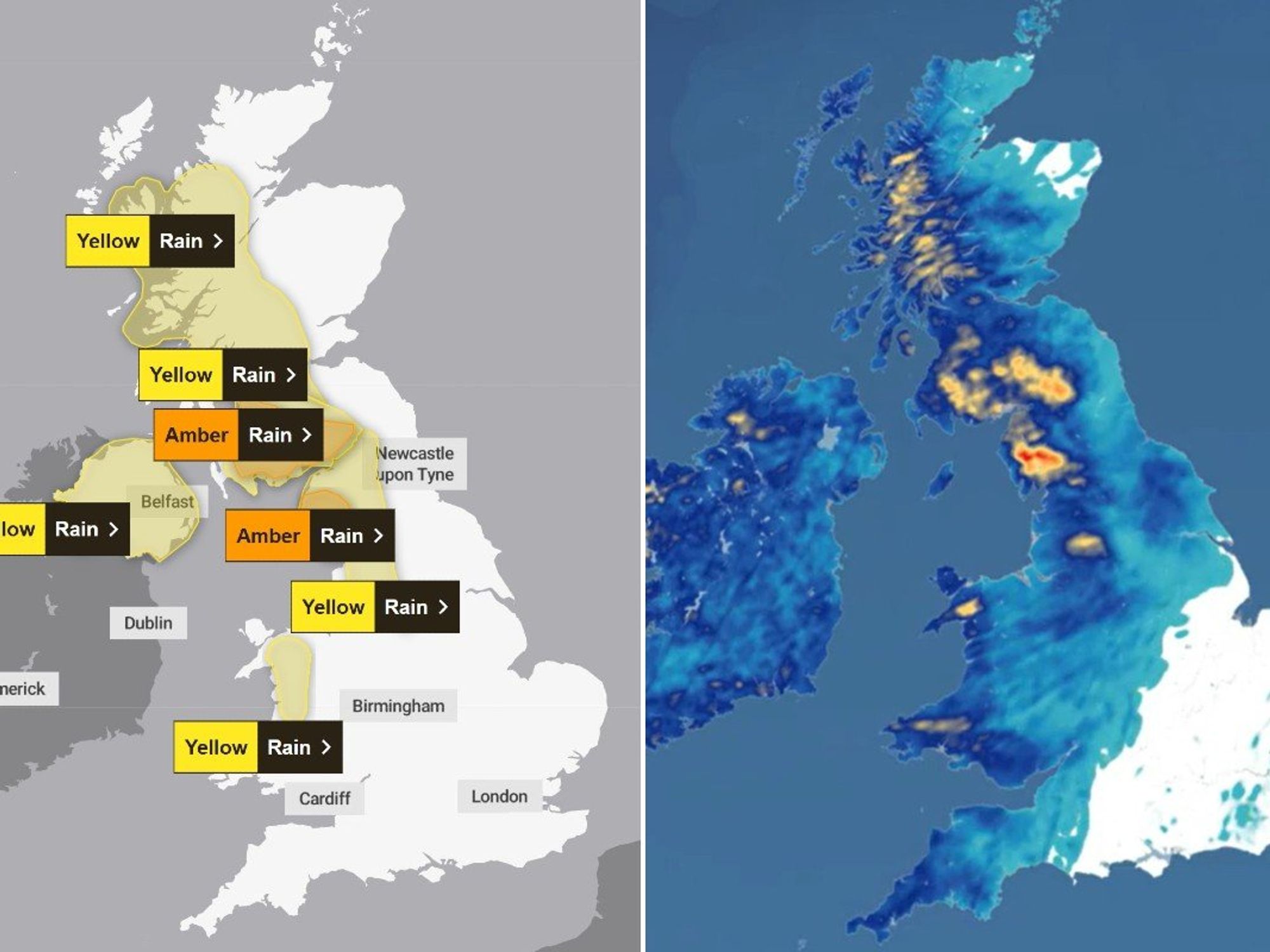Gardener lists 6 common mistakes made as a beginner - ‘avoid these!’
The green thumb urged others to pay attention to her lessons learned
Don't Miss
Most Read
Latest
Gardening opens up doors to a multitude of mistakes; after all, there are thousands of different plants in endless shapes and sizes - and it's easy enough to make blunders when you start up a brand-new hobby, after all.
In fact, it ranks as one of Britain's top 10 most popular physical activities, according to national pollster YouGov and, with the country basking in glorious sunshine this summer, it's unsurprising that newbies are keen to try their hand at the pastime.
To help, TikToker Andrea Johnsson shared a video highlighting the most common mistakes that she's learned from her own gardening experience.
She told followers: "Lessons learned the hard way. Learn from my mistakes and avoid these!"

Andrea said that one of the most common mistakes is not marking the locations of summer bulbs in her garden
|GETTY
Six common mistakes made by beginner gardeners
1. Not marking locations of summer bulbs
Since she failed to pinpoint where she planted the bulbs, Andrea said that she now has "no idea" which spots are available for new plants this spring. She urged green thumbs to mark specific places where summer bulbs will appear as the soil warms up.
One commenter said that they created a schematic diagram of their gardens to refer to throughout the year, which helped, while Andrea responded, saying that she was "more hopeful" this year because she made an overview of all her plants' locations on paper.
2. Transplanting at the wrong time
If you plant out your flowers at the wrong time - either too early or too late - it could pose a problem. Optimal conditions are very much dependent on the weather forecast, so it's best to check specific seeds' requirements and when it's best to transplant seedlings.
LATEST GARDENING TIPS AND TRICKS
3. Not paying attention to plant height
It's essential to remember to check the heights of individual plants before sowing the seeds. Many flowers, including sunflowers and foxgloves, for instance, can come in numerous shapes and sizes.
Andrea shared that she now has one-metre-tall plants right at the front of her flower bed, with one user sharing her pain, adding that they put foxgloves (which can grow to 2m) right at the front of their garden. "This year they will be at the back," they laughed.
4. Forgetting to bring sensitive plants indoors
Plenty of plants can sustain the wintry frost during the colder months, but equally, many will fall victim to icy temperatures and die if they aren't moved into appropriate sheltered spaces, such as greenhouses.
Sensitive plants include tomatoes, cucumbers, peppers, as well as flowers dahlias, begonias and fuchsias. Most herbs, such as basil and coriander, are also susceptible to frost.

Mint is 'enemy number one' according to one commenter
|GETTY
5. Not storing collected bulbs properly
Bulbs often pose the risk of growing mould if they are not stored correctly. While some hardy bulbs can be left in the ground throughout the year, the RHS said that those in containers should be moved into an unheated greenhouse or cold frame.
More tender plants - like cannas and agapanthus - can be brought indoors. If you choose to leave them outdoors over winter, it is recommended to add a layer of frost protection in the form of insulating mulch, such as garden compost, chipped bark, gravel or grit.
6. Planting mint in the flower bed
Mint is "enemy number one" according to one commenter. A highly invasive herb, the garnish can run rampant in your garden, so experts recommend potting the plant in containers or closed spaces.
However, one positive user said: "No, you did not make mistakes. It's all learning and part of the fun. Plus, you did one thing right - you didn't plant the mint in the ground."











